UN peace operations, local peoples and legitimacy – the case of Minustah
June 12, 2016
June 12, 2016
June 12, 2016

June 6, 2016
Provost and Vice President for Academic Affairs Sona Andrews, Vice Provost for International Affairs and Dean of Graduate Studies Margaret Everett, and other faculty members of Portland State University paid a courtesy call on the Tokyo Foundation on March 8, 2016.
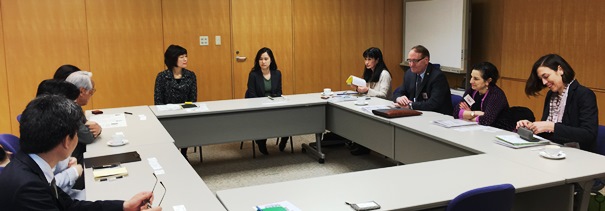
The delegation from Portland State University—from far right, Margaret Everett, Sona Andrews, Stephen Percy, and Masami Nishishiba—meet with members of the Tokyo Foundation.
Professor Everett is the chairperson of the Sylff steering committee at PSU, which shares its endowment with the University of Oregon and Oregon State University. For more than a decade, the PSU has also been hosting an annual weeklong training program in citizen-based urban development as part of the Tokyo Foundation’s “Weekend School” for Municipal Officers—a leadership development program for mid-career municipal officers in Japan.
Other visitors from PSU included Professor Stephen Percy, dean of the College of Urban and Public Affairs, and Professor Masami Nishishiba, associate professor of public administration and associate director of the Center for Public Service in the Mark O. Hatfield School of Government. Professor Nishishiba is the coordinator of the municipal officers program in Portland and has made an invaluable contribution to enriching the experience of the Japanese participants.
Members of the PSU met with Tokyo Foundation President Masahiro Akiyama, Executive Directors Sanae Oda and Akiko Imai, Director for Public Communications Kaoru Matsushita, and three program officers for leadership development: Tomoko Yamada, Akiko Inagaki, and Aya Oyamada.
The visitors brought news of the recently established School of Public Health at PSU, highlighting the growing importance of public health issues both globally and in the local community. Sharing updates on a variety of recent initiatives, members of PSU and the Foundation pledged to deepen their collaboration in the future.
May 31, 2016
May 31, 2016
May 31, 2016
May 31, 2016
May 31, 2016
May 31, 2016

May 16, 2016
By null
Věra Honusková and Martin Faix, Sylff fellows from Charles University in Prague, initiated and implemented a conference titled “Refugee Crisis on the Borders of Europe and the Role of the Czech Republic” in November 2015 with the support of a Sylff Leadership Initiatives (SLI) grant. The following article is their reflection on the conference. Having been written in December 2015, it does not take into account events that have transpired since that time. Although the nature of the problem is such that it is greatly affected by ongoing events, the article is nonetheless valuable as it deals with the fundamental aspects of the issue.
* * *
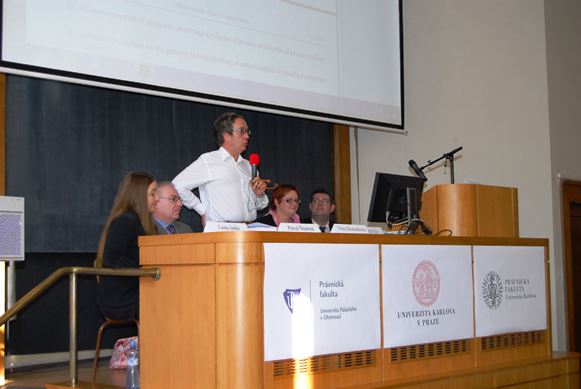 In an unprecedented migration crisis, we are currently facing the largest inflow of people into Europe in many decades. Hundreds of thousands of people are arriving on the shores of Greece and other states, many of whom are trying to reach Germany or Sweden. Europe is acting relatively slowly, and its proposals are not always welcomed by all.
In an unprecedented migration crisis, we are currently facing the largest inflow of people into Europe in many decades. Hundreds of thousands of people are arriving on the shores of Greece and other states, many of whom are trying to reach Germany or Sweden. Europe is acting relatively slowly, and its proposals are not always welcomed by all.
The Czech Republic is neither a state on the external border of the European Union nor a transit or destination country for high numbers of migrants and refugees. The country is small, with only 10 million people, and relatively homogenous. There are approximately 450,000 foreigners in the Czech Republic, including several thousand refugees. The number of international protection (asylum) seekers has been very small thus far—only several hundred people yearly. The numbers are increasing now—still slowly, but the massive influx will impact the country without fail.
Within the EU, the Czech Republic often finds itself in the opposition. The EU, for instance, proposed a plan to “redistribute” migrants and refugees from those countries that have received too many (on the basis of EU asylum laws, mainly Dublin Regulation III) to other countries. The Czech Republic was one of four countries to oppose the plan.
This negative attitude toward the migrant and refugee issue is not only a matter of the Czech government’s position in the EU. The migrant—and especially refugee—issue has grown into a highly controversial one discussed at all levels of society.
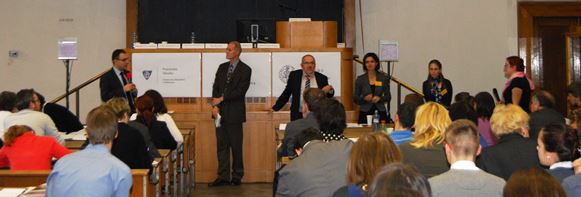 Symptomatic of the debate is a surprising lack of awareness and understanding of the legal underpinnings of the current migrant issue, such as international and European legal obligations of the Czech Republic. This has resulted in resolutely foreigner-unfriendly positions on the issue, which have gained popular support and which, in the long run, have the potential to lead to a xenophobic atmosphere in Czech society. Such tendencies can be seen in the statements of political decision-makers, such as members of government, the office of the president, and parliament, and representatives of political parties. Moreover, they are widely shared by the public.
Symptomatic of the debate is a surprising lack of awareness and understanding of the legal underpinnings of the current migrant issue, such as international and European legal obligations of the Czech Republic. This has resulted in resolutely foreigner-unfriendly positions on the issue, which have gained popular support and which, in the long run, have the potential to lead to a xenophobic atmosphere in Czech society. Such tendencies can be seen in the statements of political decision-makers, such as members of government, the office of the president, and parliament, and representatives of political parties. Moreover, they are widely shared by the public.
The language used in the speeches of politicians, in debates in the media, and on social networks has directly corresponded with the rise in xenophobic and anti-democratic sentiments. Heated debates arose in spring 2015, and people marched with model gallows for “traitors”—those who do not oppose refugees—at demonstrations held in June.
As academics and lawyers, we felt obliged to raise our voice and to speak about the obligations that the Czech Republic holds toward those in need of protection. While the law does not require states to accept all refugees, it still prescribes certain responsibilities toward them.
Furthermore, we live in the cradle of human rights. As such, we must stay human and strive to find solutions to help those in need. Perhaps they should live in countries neighboring their own, or perhaps in Europe, if only temporarily. But we need to talk about all this, about the role of international and European law in the refugee and migrant issue, about the question of a humanitarian approach to the issue, about how the negative attitude of policymakers toward refugees and migrants influences society. We believed that laying out the legal basis for the current debate may help to cultivate the debate, to calm the passions, and to help those in responsible positions to come up with a vision and possible solutions.
We therefore decided to work with the idea of a conference, and we sincerely thank the Tokyo Foundation for believing in our proposal.
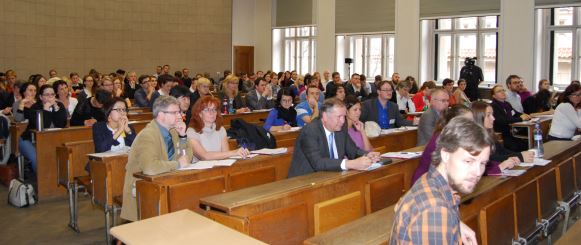 The conference “The Refugee Crisis on the Borders of Europe and the Role of the Czech Republic” took place on November 12, 2015, on the premises of the Charles University Faculty of Law. There were more than 150 participants, including those from politics, the media, government ministries, and NGOs, as well as students. Among the speakers at the conference were three international speakers who are well-known specialists on refugee law and are also involved in public debate on the issue. There were guests from the judiciary and from the Office of the Czech Ombudsperson, as well as speakers from academia representing different views.
The conference “The Refugee Crisis on the Borders of Europe and the Role of the Czech Republic” took place on November 12, 2015, on the premises of the Charles University Faculty of Law. There were more than 150 participants, including those from politics, the media, government ministries, and NGOs, as well as students. Among the speakers at the conference were three international speakers who are well-known specialists on refugee law and are also involved in public debate on the issue. There were guests from the judiciary and from the Office of the Czech Ombudsperson, as well as speakers from academia representing different views.
The program of the conference consisted of three parts. The first part focused on legal and institutional foundations and introduced the legal basis for the debate with an overview of current hot topics. The second was aimed at giving a wider perspective by presenting the philosophical and sociological aspects of the issue and the human rights view. The third part sought possible legal answers to the mass influx of migrants and refugees, attempting to show the perspectives of EU law and the law in the Czech Republic.
The speakers presented many interesting facts, arguments, and possible solutions. They had different opinions, some very much in favor of human rights and others more traditional. But they all presented their views with arguments, and the debate was highly sophisticated. The conference provided a solid basis for understanding the role of law in the current situation, and some possible solutions were also discussed.
Several speakers mentioned the possibility of temporary protection. The idea seems very worthy of debate; it shows us that there are more approaches that we could take toward the current mass influx. As was also mentioned in the conference, we need to fight the smugglers, help people stay in countries near their countries of origin, and help solve the situation in their home countries by diplomatic means. But we can also offer homes to refugees, even if temporarily. One of the reasons for xenophobic reactions is the fear that an indefinite number of refugees and migrants will come into Europe and stay there for good. The law has a response to such situations as well, which those who are afraid may find acceptable.
The audience of the conference took active part in the debate. Many people told us or wrote us later that they found the conference to be very meaningful, and we daresay that it fulfilled its aims. Attendees had the opportunity to get an overall legal picture of the issues that are currently being debated. But those who were there are not the only ones to benefit from the conference; video recordings of the proceedings are available on the Prague faculty’s website for streaming.
*The report of the same conference by the Tokyo Foundation is available at https://www.sylff.org/16764.
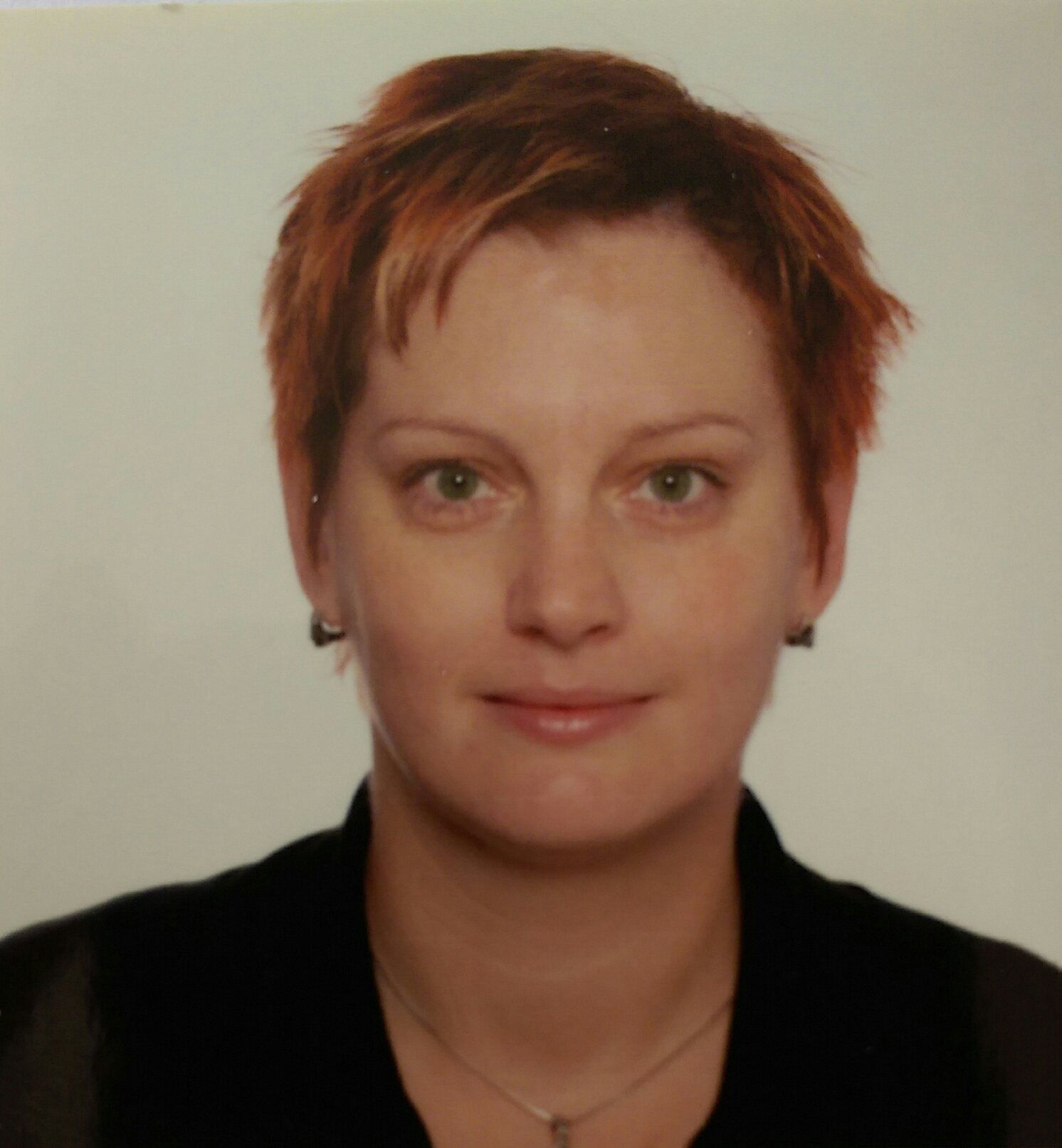
Věra Honusková received a two-year Sylff fellowship in 2007–8 at Charles University. The fellowship enabled her to conduct research abroad and use it to finish her PhD thesis on the interpretation of the definition of a refugee. She is now a senior lecturer in public international law at the Faculty of Law, Charles University. Her areas of interest include migration, refugee law, and human rights. She is also a member of the Odysseus Network.
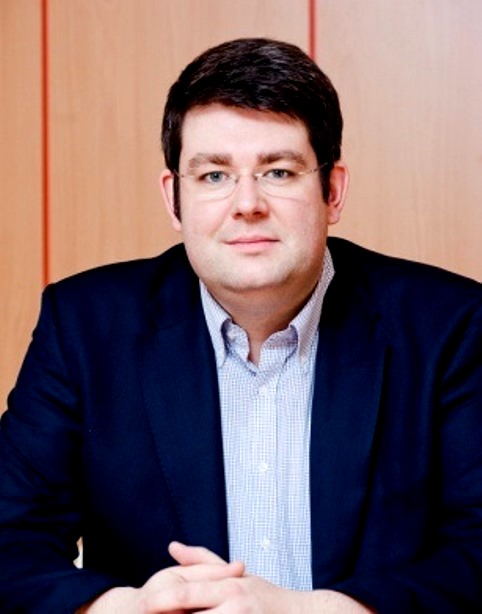
Martin Faix received a Sylff fellowship in 2009 at Charles University in Prague, Czech Republic, while conducting PhD studies in public international law. He is a senior lecturer in public international law at Palacký University in Olomouc and at Charles University. His areas of interest include human rights, international organizations, and use of force.

